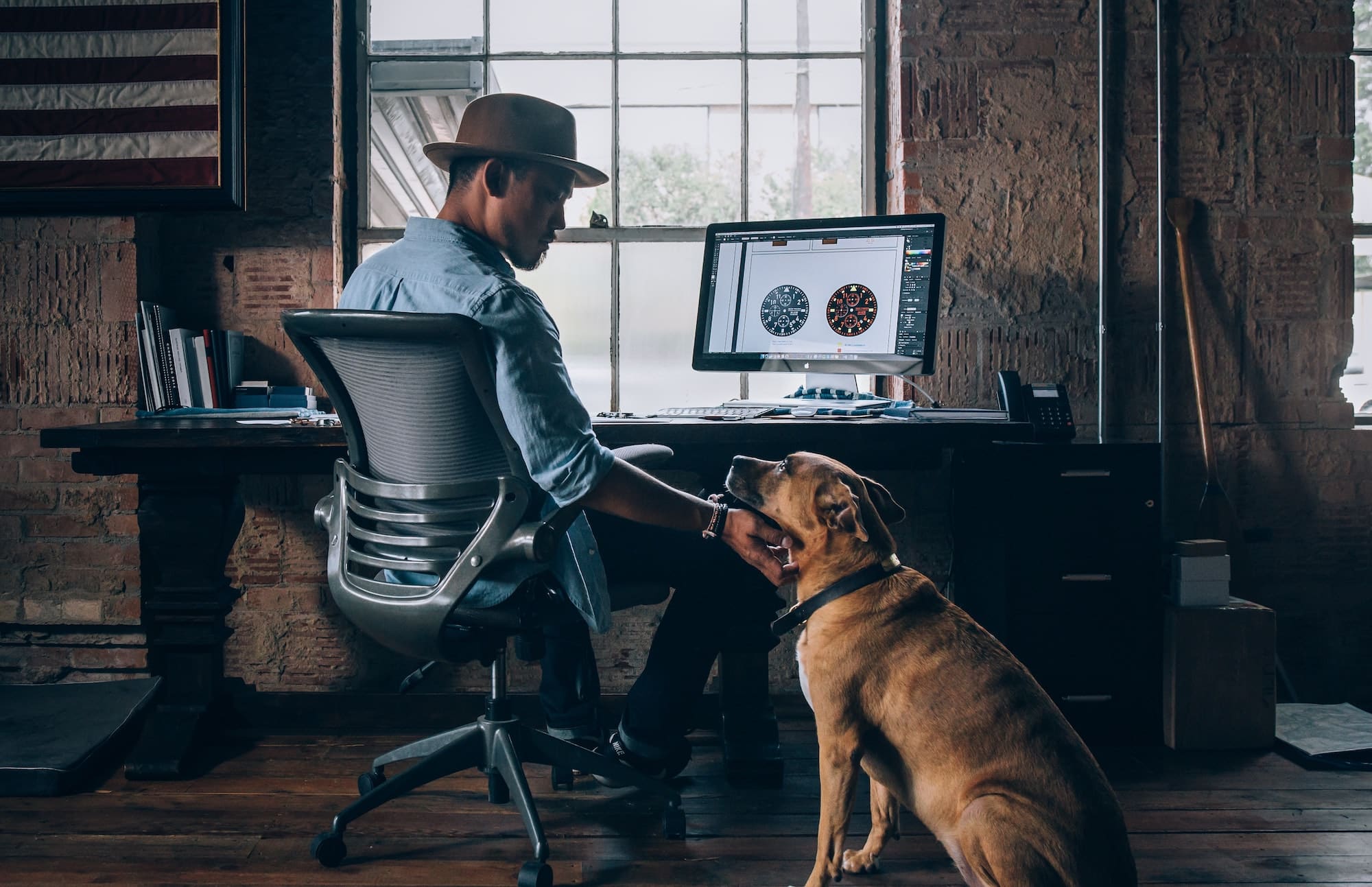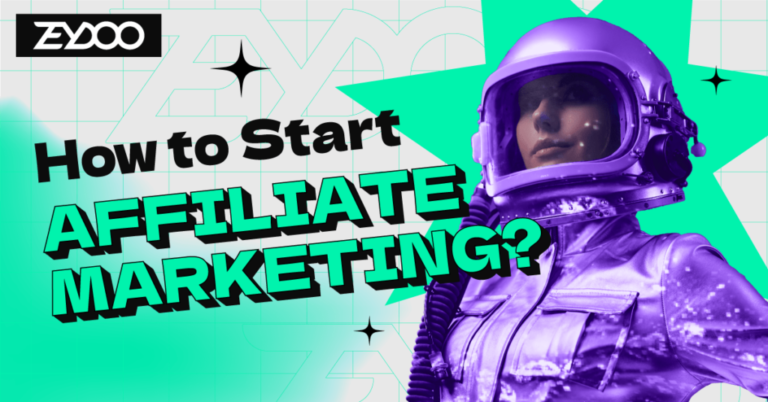Every year, it seems like a new kind of influencer is having a moment. Celebrities, bloggers, micro-influencers, Twitch streamers, TikTok stars; they’ve all had their time in the spotlight. Is this year any different? With the fallout from COVID-19 forcing the global economy into greater uncertainty, digital communities have an important role to play as individuals look for answers, inspiration, and support.
Trying to navigate the economic impact of the last two years will be a challenge for many businesses in the months ahead. Brands that are looking for the right mix of insight and empathy to reach consumers in these uncertain times may want to explore partnering with community influencers. Here’s how to get started, from the basics of who community influencers are to the best ways to meet and work with them.
What Is a Community Influencer?
Community influencers are members of self-selected social groups who have the trust and respect of their peers. They come from all walks of life, and build their followings through shared passions and authentic connections. They are not celebrities — at least, not in the traditional sense. Often, they’re not even professional marketers.
Instead, community influencers are brand fans, knowledgeable product users, and role models within niche communities across social media. Most importantly, community influencers are powerful advocates for the brands and products they love.
Scott Ginsberg, vice president of client development at BrandCycle, a community influencer affiliate network, explains:
“Community influencers use short-form content and strategic deals to offer benefits to their social communities. Their consumers value their recommendations, and often engage multiple times per day. Because community influencers enjoy niche followings across a wide range of verticals, they are perfect for brands looking to attract a new, diverse group of consumers.”
– Scott Ginsberg, BrandCycle
For community influencers, authenticity is paramount. It is the social capital that builds and maintains the bond these influencers have with their followers, and it can’t be faked. This is especially important in the era of COVID-19 and social distancing. Since 2020, more people than ever before have turned to the digital ecosystem for their everyday needs, searching for authentic connections to replace the human contact they miss.
Brands may find community influencers to be a windfall in the current economy, but there’s a caveat – companies have to be willing to put in the work to drive organic growth, too. Above all, brands must allow these influencers to stay true to themselves and their followers.
Where Community Influencers Shine
What kinds of brand verticals and product categories are community influencers good for?
It sounds like a cop out, but almost all of them. Any direct-to-consumer brand that has an online presence and an engaged customer base should be able to find community influencers to fit their marketing needs.
Take financial services company Topstep, for example. Topstep provides an online platform for training and trading in the forex and futures markets. They target a very specific audience in a very narrow field. So, Topstep turned to the futures and forex trading education community. There, the company enlisted the help of educators to introduce new traders to the Topstep platform.
The world is full of diverse, passionate people who advocate on behalf of brands for free every day. For marketers, it’s solely a question of finding them.
What are the platforms that community influencers use?
Again, almost all of them. Instagram and Facebook remain the top platforms of choice for influencers, but TikTok is quickly catching up. Yet different communities use different channels. It really depends on where your customers are.
TikTok
Twitch
YouTube
Snapchat
What marketing goals can community influencers help to achieve?
Today’s consumers don’t want to be sold to; they want to be engaged with.
Community influencers excel at engagement. They build organic relationships with their followers by replying to comments, participating in discussions, and sharing user-generated-content — interactions outside of the sales funnel. When the conversation turns to a brand or a product, consumers feel less like they’re being sold to, and more like they’re getting a recommendation from a friend.
Sales
Lead generation
Cross-sells
Working with Community Influencers
It can be easy to forget that behind all the images and posts, influencers are just regular people. Influencer marketing is often a part-time job or a side gig for them; they may be juggling multiple jobs and projects at any given time. Understanding their struggles and motivations, especially in these unprecedented times, will help you work more effectively with them.
Some of the most common hurdles for community influencers:
Getting started and building scale
Finding enough time to create quality content and manage administrative tasks
Maintaining work/life balance and splitting focus between engaging with their communities and being with their families
Communicating their unique value proposition to brands, and avoiding being lumped into a generic “promotional category”
Tips for marketers working with community influencers:
Allow freedom of expression in influencer promotions and user-generated content (UGC)
Be open to creative payment models (such as free product in lieu of commission)
Consider shorter pay windows or higher commission rates to help minimize the upfront risks for new partners
Communicate often — too much communication is always preferable to too little
Use an unbiased tracking platform to track conversions when possible, and use promo codes (clickless tracking) for everything else
Scale your program by using a network, such as BrandCycle or CLOUTA
Community Influencers and Partner Marketing
Will more brands embrace community influencers this year? How will the economy change how businesses and influencers engage with their audiences? Only time will tell.
If you’re looking to add community influencers to your partner program, download our Ultimate Guide to Partner Marketing. At over 50 pages, this guide covers everything brands need to build a partner program, recruit influencers and affiliates, and optimize campaigns.
This article was originally published on PerformanceIn.com in April 2020 and has been updated with new information and insights.
Every year, it seems like a new kind of influencer is having a moment. Celebrities, bloggers, micro-influencers, Twitch streamers, TikTok stars; they’ve all had their time in the spotlight. Is this year any different? With the fallout from COVID-19 forcing … Read More


